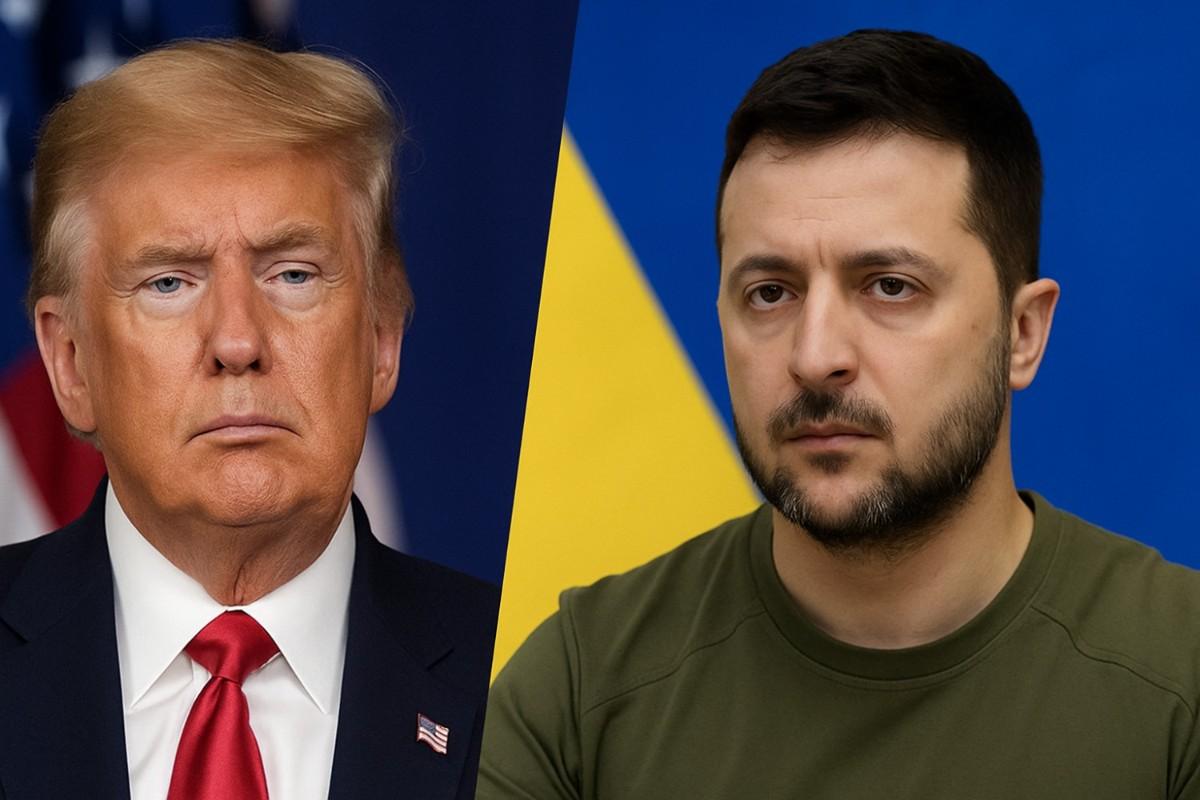U.S. President Trump said both Kyiv and Moscow may need to cede land to end the war. His comments sparked alarm among European leaders and Kyiv ahead of a planned summit with Russian President Vladimir Putin in Alaska on August 15, 2025.
What Trump said and why it matters
At a White House news conference, Trump described his upcoming meeting with Putin as a “feel-out” session. He said he would know within minutes whether the Russian leader was willing to make a deal. According to Trump, the talks could lead to “some land swapping” and a fast ceasefire.
He also suggested that later negotiations might include Ukrainian President Volodymyr Zelenskyy. Trump said Russia had captured “prime territory” during the conflict and insisted that some of it should be returned to Ukraine. He stressed that his message to Putin would be clear — the war must end.
European alarm and diplomatic moves
European leaders expressed concern that a direct U.S.-Russia deal could sideline Ukraine and force unacceptable concessions. EU foreign policy chief Kaja Kallas urged unity among transatlantic allies and called for stronger pressure on Russia. She emphasized that Kyiv must be part of any settlement and that sanctions should remain in place until security guarantees are secured.
Germany announced a virtual meeting of European leaders for August 13 to coordinate their stance ahead of the Alaska summit. Officials said they would discuss ways to increase sanctions, military aid, and support for Ukraine’s EU membership bid.
Kyiv’s blunt response
President Zelenskyy firmly rejected any plan that would require Ukraine to cede territory. He warned that concessions would not stop Russian aggression and could instead embolden Moscow. Zelenskyy argued that Russia “refuses to stop the killings” and therefore should not be rewarded.
In a bid to broaden support, Zelenskyy spoke with the leaders of India and Saudi Arabia. He urged them to back Ukraine’s position and to push for continued sanctions against Russia.
What to expect in Alaska and next steps
The Trump-Putin meeting in Alaska is expected to be a key moment in the war’s diplomatic track. Trump said the talks would test whether Putin was serious about peace. If progress is made, he may call for a larger negotiation that includes Kyiv and European partners.
U.S. officials have floated proposals such as creating an 18-mile-wide demilitarized zone in eastern Ukraine and deploying a European “resiliency force” to monitor the ceasefire lines. One suggestion included Ukraine remaining outside NATO, a major Russian demand.
Reactions across the Atlantic
Britain and France have led a “coalition of the willing” of over 30 nations, pledging to strengthen Ukraine’s defenses by sea, air, and land. European leaders warned Trump not to place too much trust in Putin without firm safeguards. Many fear a rushed deal could undermine long-term security in Europe.
Military and sanctions dynamics
Trump has recently approved additional U.S. weapons deliveries to Ukraine and threatened tariffs on countries buying Russian oil. European capitals are pressing for increased sanctions and more military aid, believing that sustained pressure is essential for any peace agreement to hold.
Analysts stress that enforcement mechanisms will be critical in any deal. Without credible monitoring, they warn that Russia could breach the terms and resume hostilities.
Political stakes for Trump
For Trump, the Alaska meeting carries both domestic and international risks. Supporters see a potential quick peace as a major political win, while critics fear he could sacrifice Ukraine’s sovereignty for a headline victory. Trump has said he is willing to walk away from the talks if progress appears impossible.
What comes next
The coming days will be pivotal. On August 13, European leaders will hold a virtual meeting to align their strategy. Two days later, Trump will meet Putin in Alaska. Kyiv and European capitals will be watching closely for signs of whether the U.S. will insist on Ukrainian involvement in the negotiations.
Observers say the outcome could set the tone for the next phase of the war — either moving toward a ceasefire or deepening the divisions between allies.
